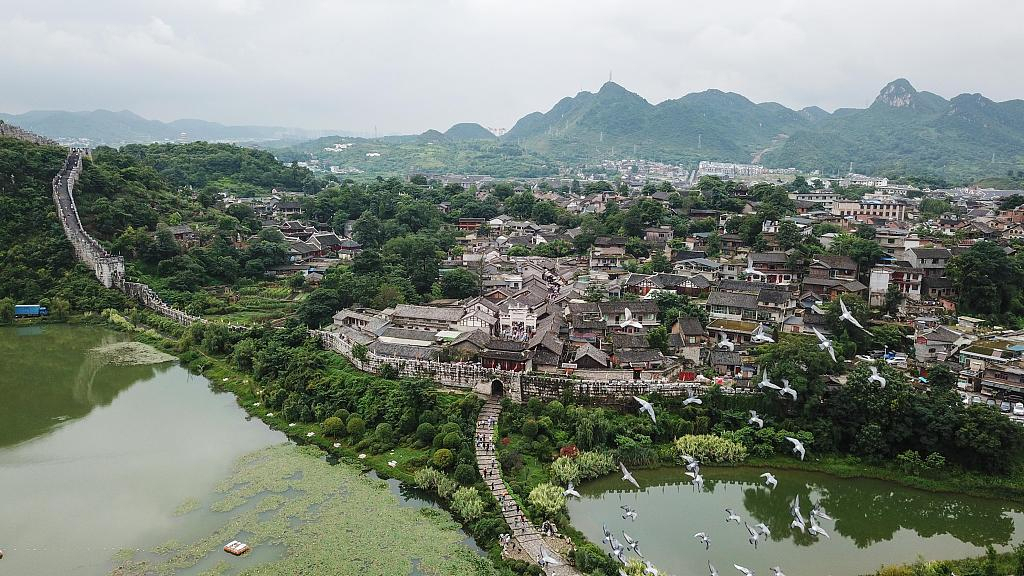
Guizhou Province in southwest China enjoys a moist subtropical climate, an abundance of natural resources, and variety with its diverse ethnic groups. Over 90% of its area is covered by mountains and hills.
Along with Zhenyuan, Bing'an, and Longli, Qingyan Ancient Town is regarded as one of Guizhou's top four old towns. Emperor Zhu Yuanzhang, the first emperor of China's Ming Dynasty (1358-1644), founded Qingyan in 1378. Qingyan was historically an important military fortification and trading center.
Green stones are referred to as Qingyan in Chinese. It is not an exaggeration to refer to it as a "stone town," as nearly everything was constructed of stones to stave off invaders. It has progressively grown in popularity as a destination for weekend vacations after years of alterations and repair.
The clusters of historic structures built during the Ming and Qing periods frequently awe visitors. With four enormous gates facing various directions, the beautiful city walls split Qingyan into inner and outer cities. As you move around the town, you'll see a number of monasteries, temples, caves, courtyards, and palaces that are connected by stone-paved lanes and roadways.
Qingyan is renowned for having a vibrant religious tradition. In ways that are uncommon in China, Taoism, Buddhism, Catholicism, and Christianity coexist. Old temples and round-domed churches give the small town its a special charm.
The town also offers unique foods like Qingyan tofu and pot-stewed pig trotters.




















Comment